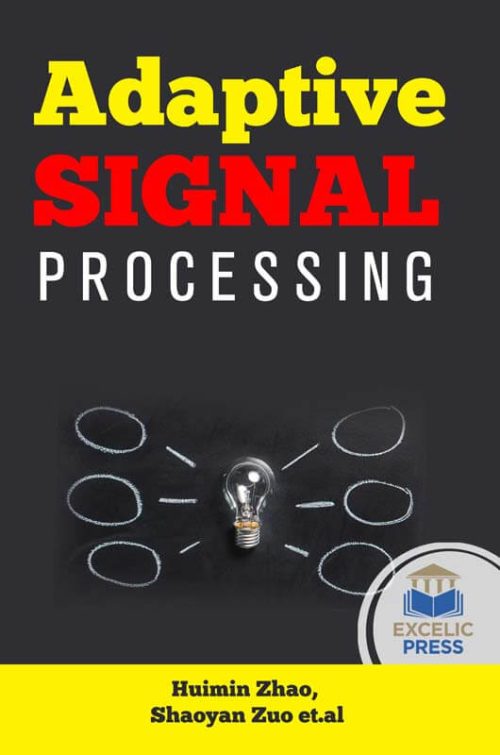Description
In the last decades, the field of digital signal processing, and particularly adaptive signal processing, has developed enormously due to the increasing availability of technology for the implementation of the emerging algorithms. Variable digital filters are widely used in a number of applications of signal processing because of their capability of self-tuning frequency characteristics such as the cutoff frequency and the bandwidth. Owing to the powerful digital signal processors and the development of advanced adaptive algorithms there are a great number of different applications in which adaptive filters are used. The number of different applications in which adaptive techniques are being successfully used has increased enormously during the last two decades.
This book is intended to provide wide-ranging coverage of the current research in the area of signal processing and to give a picture of the current trends and advances in this field. The book provides a description of some imperative extensions to the straightforward adaptive filtering algorithms and some hopeful current research topics. Therefore, an enhanced empirical wavelet transforms (MSCEWT) based on the maximum-minimum length curve method is proposed first. In recent years, some experts and scholars have deeply studied and improved the EWT method, and many improved EWT methods have been proposed. Further, it provides a comprehensive description of various beam-forming schemes, adaptive algorithms to adjust the required weighting on antenna elements, direction-of-arrival estimation methods, including their performance comparison. The effects of various types of errors on the performance of an array system are illustrated along with their remedial measures. Digital filter is well known as one of the essential and fundamental components in signal processing devices. In addition, many signal processing applications such as digital audio equipment and telecommunication systems sometimes require the simultaneous realization of digital filtering and real-time control of filter characteristics. Next to this book, therefore, introduces recent advances in variable digital filters, focusing on the problems of design and realization, and application to adaptive filtering. In the topic of design and realization, we address two major approaches: one is the frequency transformation and the other is the multi-dimensional polynomial approximation of filter coefficients. Succeeding chapters focuses on convergence curve for non-blind adaptive equalizers; adaptive cache allocation with prefetching policy over end-to-end data processing; an identical inputs-adaptive filter for the detection of signal’s breakdown points; on fast converging data-selective adaptive filtering; a two-level rolling optimization model for real-time adaptive signal control; and identical inputs-adaptive filter for the detection of signal’s breakdown points. The reconciling traffic light system may be a key part of Intelligence transportation systems and incorporates a primary role in effectively reducing holdup. Poor traffic light temporal order contributes to hold up and delay. typical signal systems use pre-programmed, daily signal temporal order schedules. Reconciling signal management technology adjusts the temporal order of red, yellow and inexperienced lights to accommodate dynamical traffic patterns and ease holdup. The high prices of implementation and maintenance limit the relevancy of the reconciling traffic light system, particularly in developing countries. This book, in the last chapter, also proposes a low-cost adaptive signal control method that is easy to implement. The book will be of value to students, practitioners, and researchers as well find this work valuable who are dealing with the signal processing related areas.





